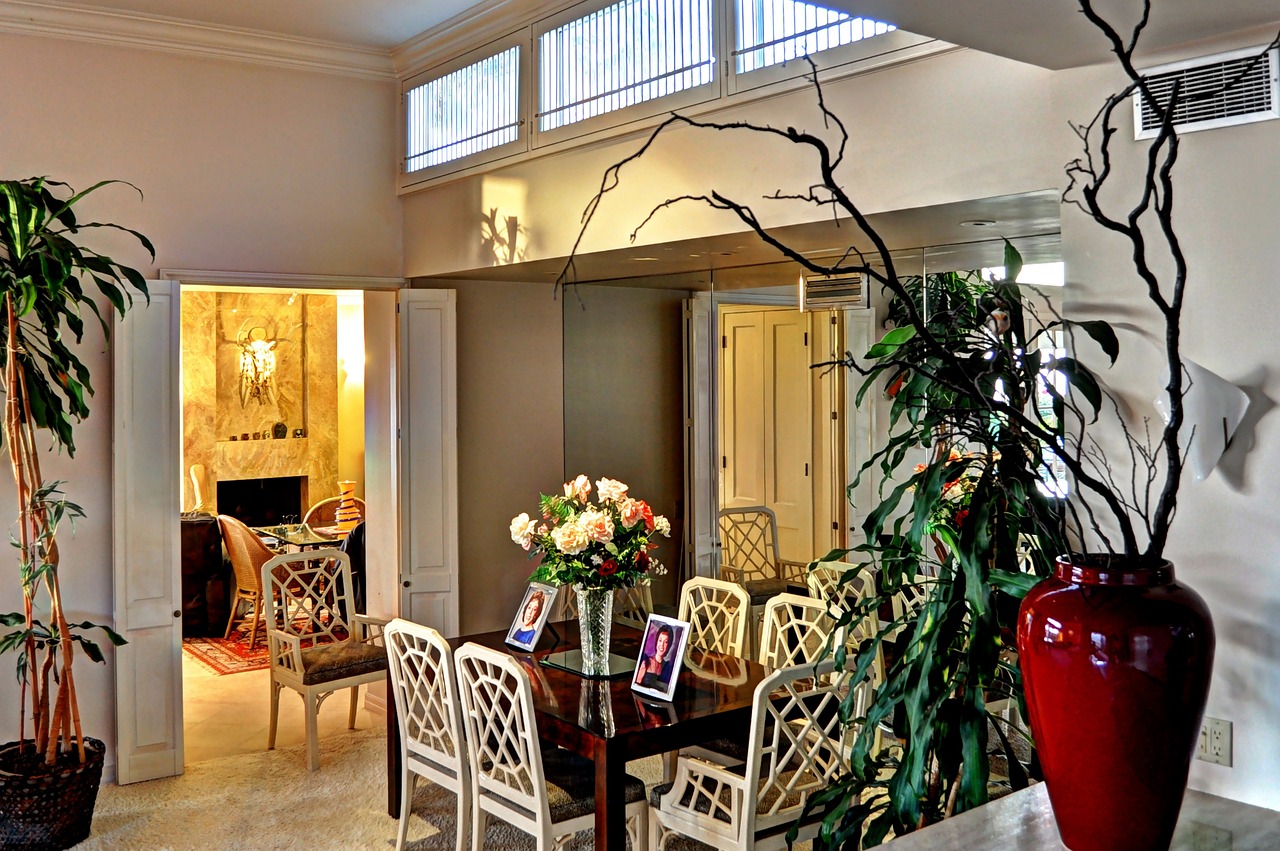DIY Tips for Finishing Your Basement: From Framing to Drywall Installation
When framing your basement walls, it is important to start by measuring and marking where the studs will be placed. Typically, studs are spaced 16 inches apart, but this can vary depending on the design of your basement. Once you have marked where the studs will go, you can begin securing them to the floor and ceiling using a level to ensure they are straight.
After the studs are in place, you can start adding insulation between them to help regulate the temperature in your basement. This will not only make your basement more comfortable but also more energy-efficient. Additionally, adding insulation can help reduce noise transfer between rooms, creating a quieter and more peaceful living space.
Insulating Your Basement for Energy Efficiency
Insulating your basement is a crucial step in creating an energy-efficient home. By properly insulating the basement walls and floors, you can help regulate the temperature in your home and reduce heating and cooling costs. Additionally, insulation can help prevent moisture buildup and mold growth, improving the overall air quality in your basement and home.
When insulating your basement, it’s important to choose the right type of insulation for your specific needs. Common options include fiberglass, foam board, and spray foam insulation. Each type has its advantages and limitations, so make sure to research and consult with a professional to determine the best option for your basement. Proper installation of insulation is key to ensuring its effectiveness, so take the time to seal gaps and cracks to prevent air leakage and maximize energy savings.
Installing Electrical Outlets and Lighting
Once you have framed and insulated your basement walls, the next step is to install electrical outlets and lighting fixtures. It is important to carefully plan the placement of outlets to ensure convenient access throughout the space. Consider where you will need outlets for lighting, entertainment systems, electronic devices, and any other equipment you plan to use in the basement.
When installing lighting fixtures, choose options that will adequately illuminate the space while also complementing the overall design aesthetic. Recessed lighting is a popular choice for basements as it provides even lighting without taking up valuable floor or wall space. Consider adding dimmer switches to your lighting fixtures to easily adjust the brightness level based on the desired ambiance.







